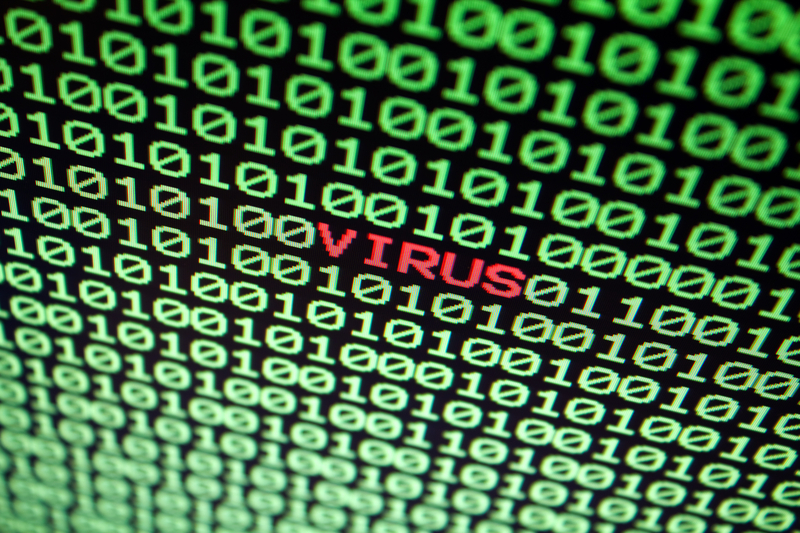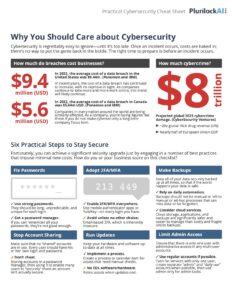In the ever-evolving landscape of cybersecurity threats, Remote Access Trojans (RATs) stand as a persistent and potent menace. These insidious tools, often lurking in the shadows of digital systems, have gained notoriety for their ability to clandestinely infiltrate and compromise systems, granting cybercriminals unauthorized access to victims’ devices. This deep dive aims to unravel the intricate nature of RATs, shedding light on their significance, methodologies, real-world implications, and strategies for mitigation.
Understanding Remote Access Trojans (RATs)
At its core, a Remote Access Trojan (RAT) is a type of malicious software designed to grant an attacker remote access and control over a compromised system. Unlike conventional malware that primarily aims for data theft or system disruption, RATs operate with a surreptitious intent to gain persistent control over the victim’s device, often operating in the background without the user’s awareness.
RATs are a subset of Trojans, named after the deceptive tactic used by the ancient Greeks to infiltrate Troy. They are typically distributed through phishing emails, malicious downloads, compromised websites, or even bundled with seemingly legitimate software. Once a RAT successfully infiltrates a system, it establishes a covert communication channel with the attacker, enabling them to execute commands, gather sensitive data, manipulate files, and even perform invasive actions like activating webcams and microphones.
The Significance of RATs in Cybersecurity
RATs have garnered immense attention within the cybersecurity community due to their multifaceted implications. Their significance is rooted in their ability to serve as a foundation for a multitude of cybercrimes, making them a preferred choice for cybercriminals and state-sponsored threat actors. Several key factors contribute to their importance:
1. Covert Espionage and Data Theft
RATs provide attackers with the means to carry out espionage on a massive scale. By compromising a single system, threat actors can gain access to sensitive corporate, governmental, or personal information. This stolen data can then be leveraged for financial gain, corporate espionage, identity theft, or even sold on the dark web.
2. Persistent Threat Presence
Unlike other malware that may be wiped out by security tools or system updates, RATs are designed for persistence. Once installed, they can establish connections with remote servers, allowing attackers to maintain control over compromised systems for extended periods. This persistence enables them to gather intelligence, exfiltrate data, and launch further attacks.
3. Enabling Large-Scale Attacks
RATs are often used as a foundation for larger-scale attacks. They can act as a backdoor, enabling attackers to introduce additional malware onto the compromised system. This could include ransomware, keyloggers, or botnets, amplifying the impact of the initial breach.
4. Aiding in Privilege Escalation
RATs frequently exploit vulnerabilities to gain escalated privileges within a compromised system. This allows attackers to bypass security measures and gain access to sensitive areas of the operating system, deepening the level of control they can exert.
5. Nation-State Operations
RATs have been a preferred tool for state-sponsored cyber-espionage campaigns. Their ability to infiltrate and persist within critical systems of other nations grants the attacking state access to strategic intelligence, economic secrets, and military information.
Real-World Examples and Analysis
The danger posed by RATs becomes palpable when examining real-world incidents where these tools have been utilized to devastating effect:
1. The Notorious BlackShades RAT
BlackShades was a commercially available RAT that wreaked havoc between 2010 and 2014. Sold as a “legitimate” tool, it was used by thousands of criminals to compromise over half a million computers across the globe. Attackers could easily monitor victims, steal sensitive information, and even take control of webcams and microphones. This case underscored how a simple RAT could be leveraged for widespread cybercrime.
2. APT29 and the SolarWinds Incident
The Advanced Persistent Threat group APT29, widely attributed to the Russian government, employed a RAT as part of the infamous SolarWinds supply chain attack. By compromising the software update process of SolarWinds’ Orion platform, APT29 managed to breach numerous government agencies and tech companies, including Microsoft. This incident demonstrated the potency of RATs in launching sophisticated cyber-espionage campaigns.
Mitigation Strategies
Countering the threat of RATs demands a comprehensive cybersecurity strategy that combines technological defenses, user education, and rapid incident response:
1. Robust Endpoint Security
Deploying advanced endpoint protection tools, such as next-generation antivirus and intrusion detection systems, can help identify and block RAT activity. These tools often employ behavioral analysis and machine learning algorithms to detect malicious behavior indicative of RAT presence.
2. Regular Software Updates and Patch Management
Many RATs exploit known vulnerabilities in operating systems and software. Keeping all software up to date with the latest security patches can significantly reduce the attack surface for RATs to exploit.
3. User Education and Awareness
Human error remains one of the most significant vulnerabilities. Educating users about the risks of downloading attachments from unknown sources, clicking on suspicious links, and practicing good cybersecurity hygiene can greatly reduce the success rate of RAT-based attacks.
4. Network Segmentation
Segmenting networks can limit the lateral movement of RATs within an organization’s infrastructure. By restricting access to critical systems, even if a RAT manages to infiltrate one part of the network, it’s harder for it to spread and cause widespread damage.
5. Incident Response and Recovery Planning
Having a well-defined incident response plan in place is crucial. In the event of a successful RAT attack, organizations should know how to isolate compromised systems, remove the RAT, and restore normal operations swiftly.
Conclusion
Remote Access Trojans represent a formidable cyber threat that poses multifaceted dangers to individuals, organizations, and even nations. Their ability to operate covertly, persistently, and to facilitate a wide range of cybercrimes underscores their significance in the ever-evolving landscape of cybersecurity challenges. As technology advances and cybercriminals become increasingly sophisticated, the importance of understanding and defending against RATs cannot be overstated. Only through a combination of robust technological defenses, vigilant user practices, and proactive mitigation strategies can organizations hope to stay ahead of this pervasive threat.












